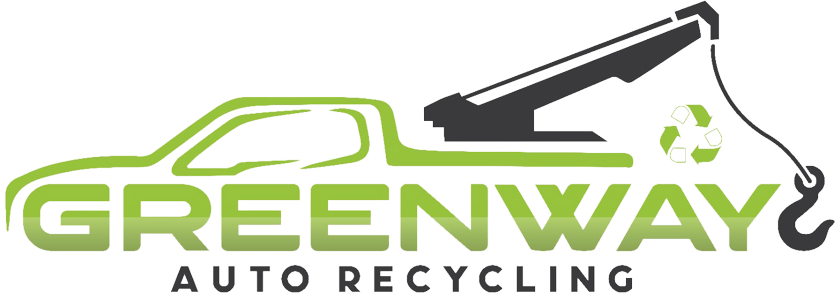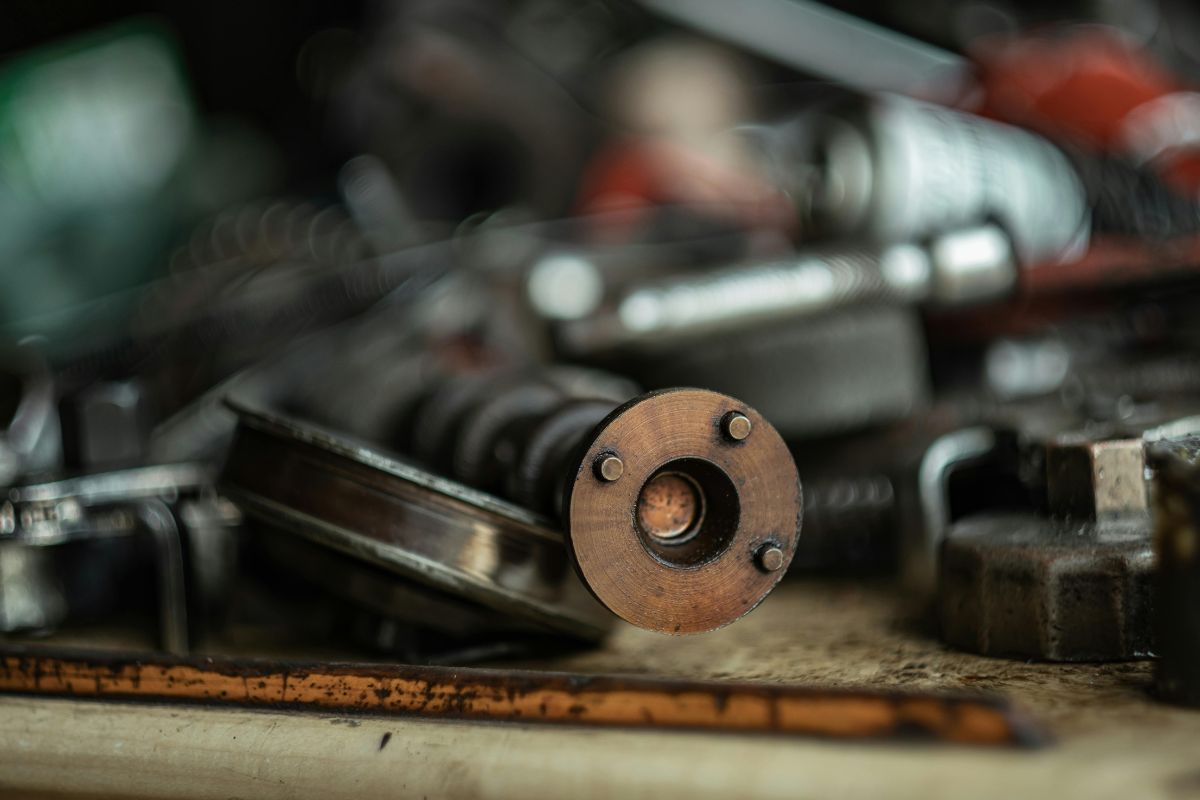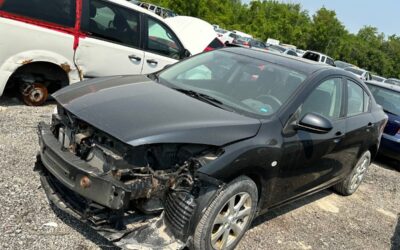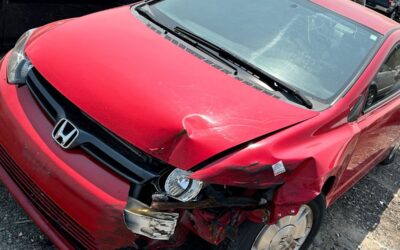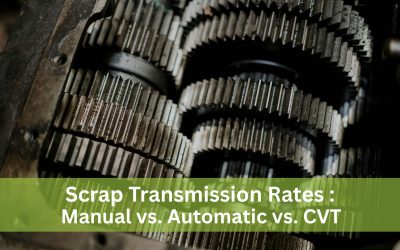Introduction
With many platforms now providing used car components at lower prices, it is becoming quite common to buy used car parts online. Many car owners are now turning to the internet to find cheap car parts to reduce the cost of repairs, as a result of the enticement of lower prices. However, while the idea seems convenient, it does raise a legitimate question: How safe is it to buy used car parts online?
The answer to that question really depends on a few factors, such as the legitimacy of the seller and the actual condition of the part. Many moving parts can impact your buying experience. In this blog, we will cover some potential dangers, the advantages, and what you should check before making that purchase. If you are planning on buying used car parts online, keep reading so we can help direct you in the safest way possible.
Why Do People Prefer Used Car Parts Online?
Used parts offer a practical alternative to expensive brand-new components. Many car owners choose them for these reasons:
-
- Cost Savings: Used parts often cost less than half of the original price.
- Availability: Some discontinued or rare parts are only available in the second-hand market.
- Eco-Friendly Option: Reusing parts helps reduce automotive waste.
Online platforms make the buying process faster and easier. You can browse, compare, and purchase parts without leaving your home.
Is It Always Safe to Buy Used Car Parts Online?
There are risks, which means it is not 100% safe. Like any other online purchase, there is a risk to buying an auto part, too. It could arrive damaged, incompatible, or never arrive. Sellers may even try to sell you a fake part or a stolen part, especially once you venture into unregulated platforms.
But, by buying from licensed salvage yards, reviewing the part’s condition, and making note of your vehicle’s specific compatibility, you should reduce the risk to much lower levels.
What Are the Main Risks of Buying Used Car Parts Online?
1. Wrong Fit or Incompatibility
Not all parts fit all makes and models. Even a slight variance can render the part useless or unsafe. One common mistake vehicle owners make is that they buy solely based on the picture or assume it fits a make and model vehicle.
What to do: Check the part number and your vehicle’s VIN, and confirm compatibility with the seller.
2. Poor Part Condition
Photos can be misleading. Some sellers may hide cracks, rust, or internal wear. Without inspecting the part physically, you rely on the seller’s honesty.
What to do: Ask for close-up photos, videos, and a written description of the part’s condition.
3. No Warranty or Return Policy
Certain sellers may deliberately obscure cracks, rust, or internal wear. If you have not had an opportunity to inspect the part yourself, your only basis of reliance is that the seller is truthful about the condition.
What to do: Ask the seller for close-up images, video, and a written description of the condition of the part.
4. Fraud or Scams
Fraudsters may create fake listings or websites to sell non-existent components. They can take your money and disappear.
What to do: Avoid new or unfamiliar platforms with no reviews. Stick with trusted marketplaces or company websites with validated contact information.
Also Read: Greenway Auto Recycling: Trusted, Fully Licensed Scrapyard in Ontario
How to Check If a Seller Is Trustworthy?
Make sure you carefully check out the seller’s background before making a purchase. Here’s how:
-
- Read the ratings and reviews: Look at buyer feedback. If you see repeated complaints, that’s a red flag.
- Confirm business details: Trustworthy sellers will provide contact details, GST number or commercial premises.
- Be wary of deals that are just too cheap: If the price is much cheaper than the market price, it may be counterfeit or defective.
- Ask questions: Reliable sellers will respond to you quickly in an understandable way.
What Parts Are Safe to Buy Used Online?
Some parts are low-risk and safe to buy second-hand if checked properly:
| Part Type | Safety Level | Notes |
| Headlights/Taillights | High | Check for cracks and proper function |
| Mirrors | High | Easy to inspect, no internal wear |
| Body Panels (doors, bumpers) | High | Can be reused if damage-free |
| Rims/Wheels | Medium-High | Inspect for bends or cracks |
| Engine Control Modules (ECMs) | Medium | Risky if not matched with VIN and programmed |
| Alternators/Starters | Medium | Should be tested or come with a return option |
| Brake Components | Low | Avoid used brake pads, rotors, or callipers |
| Airbags or Sensors | Not Safe | These are safety items and must be new |
What Should You Verify Before Buying?
Before buying used car parts online, always verify key details to avoid mistakes. A quick check can help you get the right part in good condition from a reliable source.
-
- Part Number and Compatibility: Every part has a number. Compare this number to your original or manufacturer number.
- Condition and Usage: Inquire how long the part has been in use. The lower the km, the longer the part will last. Also, determine whether the part was taken off a vehicle that was in an accident or one that was functional.
- Return Policy: Even authentic sellers can mistakenly ship the wrong parts. Make sure that they accept returns or exchanges.
- Shipping Method: Find out how the part will be packed and shipped. If the item is fragile, it must be packed securely. Ask for a tracking number.
Pros and Cons of Buying Used Car Parts Online
| Pros | Cons |
| Lower price | Risk of scams or fraud |
| Easier access to rare parts | Incompatibility or poor condition |
| Time-saving process | No warranty or short return window |
| Eco-friendly option | Difficult to inspect the part physically |
Conclusion
Purchasing used car parts on the internet can be safe as long as you follow these steps. There are dangers, and with reasonable buying habits, most of those dangers can be avoided. Look for reputable sellers, make sure the part is compatible, and avoid “safety” parts. Local auto recyclers that have internet options can be a better choice.
Local recyclers usually offer better service, safer transactions, and genuine part numbers. If you intend to pay for something over the internet, take the little extra time to check everything before you buy. You will save money and put your car at no greater risk of failure or ugliness of performance, or safety.
